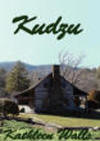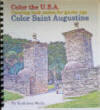Take a Pink Jeep Tour into
History
Story and photos
by Kathleen Walls
by Kathleen Walls

Great Smoky Mountain National Park is a
place you could spend days or even weeks exploring. It is
America’s most visited national park.
Cades Cove is one of the most popular places in the park,
but there is another lesser-known section where history still
lives.
Pink Jeep Tour
I took a
Pink Jeep Tours recently and our driver, Tim Church, took
us through Cherokee Orchard road to the beautiful, winding,
Roaring Fork Motor Nature Trail. It’s a 5.5-mile, one-way, loop
road that follows the Roaring Fork Mountain Stream through one
of the park’s old-growth forests.
As we drove Cherokee Orchard Road, there
are scenic overlooks where we could see Anakeesta Mountain
Adventure Park, the Gatlinburg Space Needle, and other modern
attractions. Then you move into the past with several historic
structures from the early 1900s.
Ogles Cabin

The Ogles were one of the first families
to settle this area first called White Oak Flats.
Noah (Bud) Ogles, a descendant of that family, built a
cabin and farmed these 400 acres, beginning around 1879. His
cabin is interesting as it was originally about half size and
he later added a second section, which shows a different roof
structure. There are still traces of his rock walls,
cornfields, and mill. Walking along the rocky trail, you wonder
how anyone could farm such steep rugged land.
Bales’ Farmstead

We roamed the Ephraim and Minerva
Bales’ farmstead
on Roaring Fork Trail, where they raised nine children in a
tiny log cabin. They owned 72 acres and farmed only 30. The
rest remained was too rocky and remained wooded. The Bales
family lived here from about 1890 to 1930, when the
government’s purchase of the park bought them out.
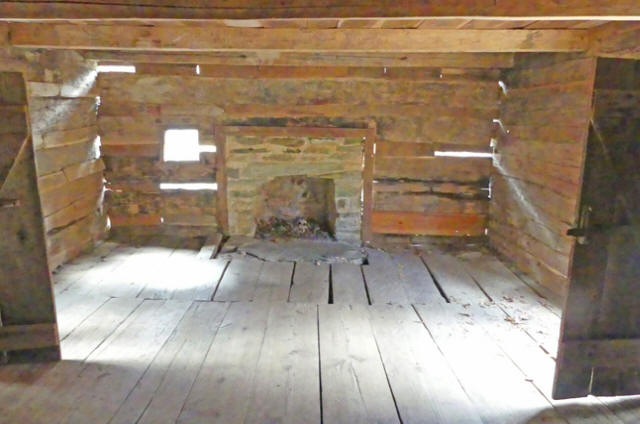
Their cabin was built a “dog-trot” style
where two rooms sit side by side with covered space between and
a single roof connecting them. The dog trot serves as a family
area during warm or rainy weather, and a cooling device before
the days of air condition. Air flowed through the dog-trot,
keeping the two sections cool in the summer. The larger cabin
was the living area, and the other side served as a kitchen.
Old Ely Mill
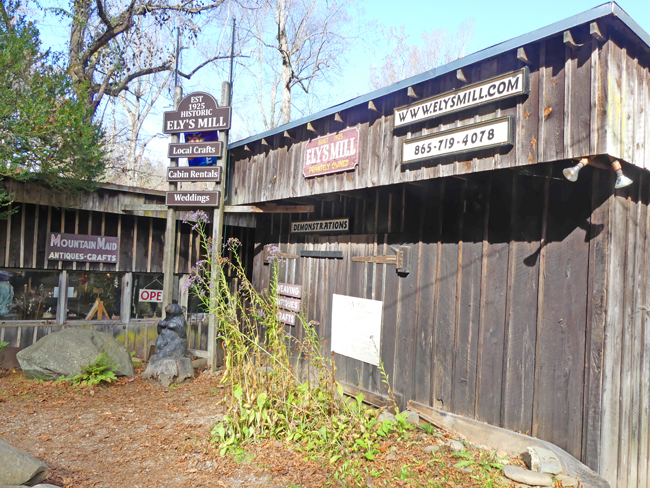
Near the end of the park, we explored
Old Ely Mill. It was built
in 1920 by Andrew Jefferson Ely, a former Yale Law graduate and
practicing lawyer, who grew bored with civilization after his
wife died. He built the mill and a shop on 25 acres here and
called it The Water Wheel Craft Shop. He had strong opinions on
many things and preached against the evils of store-bought
food, milk, cheese, alcohol, coffee, tea, and many other foods.
It seems he was somewhat the equivalent of a modern-day vegan.
He never hesitated to push his way on anyone he spoke to.

Over time, he added barns for livestock,
sheds, chicken houses, a mill, and a blacksmith shop. He built
a caretaker’s cottage and brought in a family to tend to
everyday tasks. The buildings were completed in the 1940s and
had grown to almost twenty buildings.
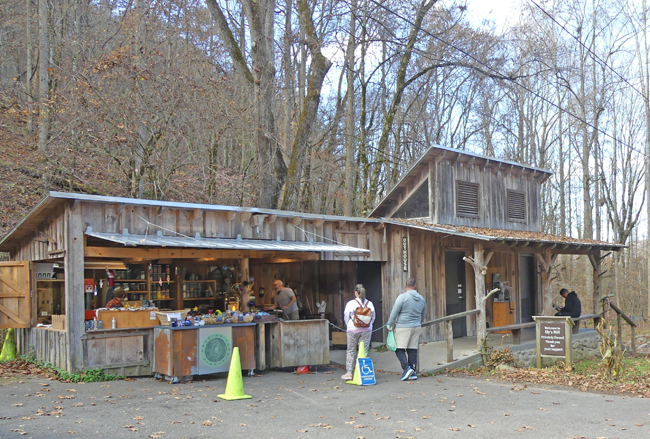
Today, the mill is a wonderful place to
find local crafts, antiques, and honey in season. There are two
over-night rental cabins, and they host small weddings. Ely’s
Mill is one of the few remaining pieces of “Old Gatlinburg”
remaining active. It’s still run by the original family.
By the time you finish the tour, you will
feel you are back in the early 1900s except for the very
comfortable 21 century pink jeep.
























